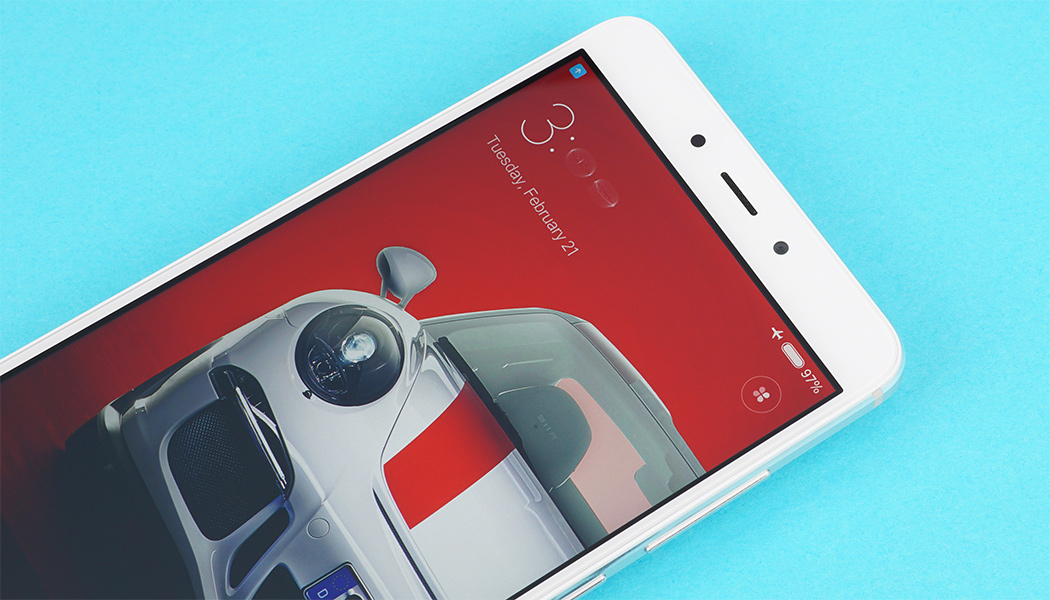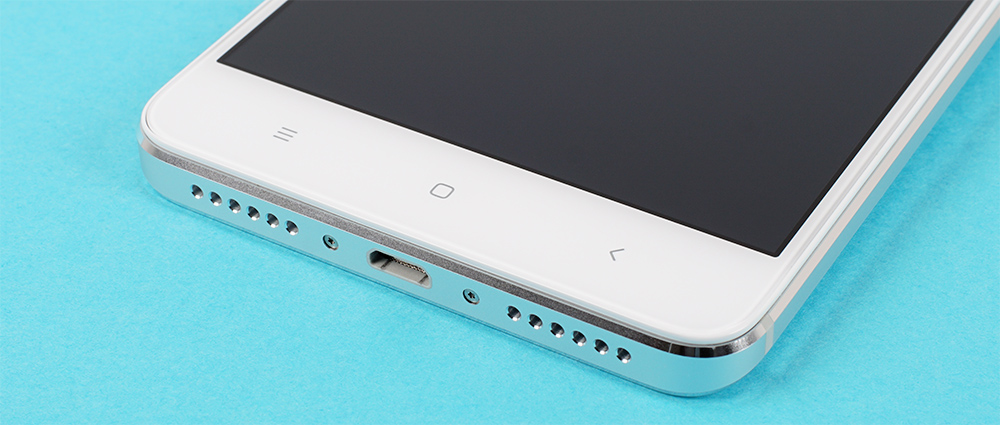Performance & Battery Life Report: Xiaomi Redmi Note 4 with MediaTek Helio X20
by Matt Humrick on February 23, 2017 7:00 AM EST- Posted in
- Smartphones
- Mobile
- Xiaomi
- MediaTek
- Helio X20
- Redmi Note 4
Final Words
Xiaomi really raised the performance bar last year when it released the Redmi Note 3 Pro with the Snapdragon 650 inside. The inclusion of two big A72 CPU cores made it stand out in a sea of octa-core A53 configurations in the sub-$200 USD price bracket. The Redmi Note 4 with Helio X20 continues this value proposition (at least the model we tested that’s intended for sale within China).
Just like its predecessor, the Redmi Note 4 performs better and just feels faster than it should for this price. With 3GB of RAM in the top model we tested, I could easily keep 20 apps of various sizes open and quickly juggle between them. The user interface is responsive and fluid except during some of MIUI’s animations such as opening the recent apps menu. Rendering and scrolling complex pages in Chrome is fast too.
It appears Xiaomi decided to save some money on the NAND in order to make room in the budget for a faster SoC, because storage performance is lower than expected, at least for smaller I/O transactions. Realistically, hitting a low price target requires some compromises, and in this case the benefits of the faster SoC outweigh the slower NAND, which was not really noticeable in everyday use.
While general system performance is competitive with mid-range phones—and even some flagships in certain workloads—GPU compute and gaming performance is less impressive. The Redmi Note 4 is still one of the faster phones in its class, but it definitely falls short of more-expensive products. It’s capable of playing many of the games currently available, but more intense 3D titles can present a challenge. And while not necessarily related to the GPU, I did notice that the camera takes a long time to process low-light and HDR photos.
Excellent battery life was one of the Redmi Note 3 Pro’s strengths; unfortunately, the Redmi Note 4 regresses in this crucial area. The roughly 20%-30% reduction in battery life, depending on usage scenario, will certainly be noticeable at the end of the day. The Note 4 will likely still get you through the day, but it lacks the extra energy reserve to handle more power-intensive tasks, such as gaming or GPS navigation, for extended periods of time and still be able to make it through a full 8 hour day.
In terms of performance and battery life, the Redmi Note 4 is still a great value. Hopefully it will continue to put pressure on other OEMs to include faster SoCs in some of their lower-cost phones for performance-oriented customers.












34 Comments
View All Comments
tipoo - Thursday, February 23, 2017 - link
Huh, not as much of a step back as I expected from losing the two A72 cores. But that NAND performance ends up being the big blooper here.
Klug4Pres - Friday, February 24, 2017 - link
It doesn't lose the two A72 cores - the review is of the X20 version of the Redmi Note 4.watzupken - Friday, February 24, 2017 - link
The NAND is not fast, but should not be felt in our day to day usage. It only becomes obvious when you are trying to install a big application or when transferring a big file. In most instances, the fast response time of NAND should still result in a split second response when launching an application.watzupken - Friday, February 24, 2017 - link
Good to see a detailed review of Helios X20 SOC.swatkats - Friday, February 24, 2017 - link
OnePlus 3T is still the fastest charging phone in the market right now. Just 70mins to hit 100% from 0%.Re-Review the phone.
bibo987334 - Saturday, February 25, 2017 - link
I've just received one from Aliexpress, Fast delivery and good price. Here is a link to the seller: http://s.click.aliexpress.com/e/2VfQNRzaryonoco - Saturday, February 25, 2017 - link
The 20nm fab process might be considered "mature", but it seems that has done nothing to curtail its inefficiencies. It's when you compare the battery life with the Snapdragon 650 Redmi Note 3 that it becomes so obvious.Speaking of which, that SD 650 was a very good chipset for its time, wasn't it. Too good for QC's midrange in fact.
Bring on the Mi 6. I'm warming up to Xiaomi more and more with every new product.
Vishalaestro - Sunday, February 26, 2017 - link
you guys should really review the lenovo z2 plus which is now the cheapest snapdragon 820 phone one can get .dexterkarthik - Tuesday, February 28, 2017 - link
Indeed - but the almost zero software support from Lenovo is a bummer :( - which is another reason I did not go for Z2 and instead went for RN3.Vishalaestro - Sunday, February 26, 2017 - link
guys , i really don't know how to interpret the CPU frequency distribution graph ,can someone help me ?